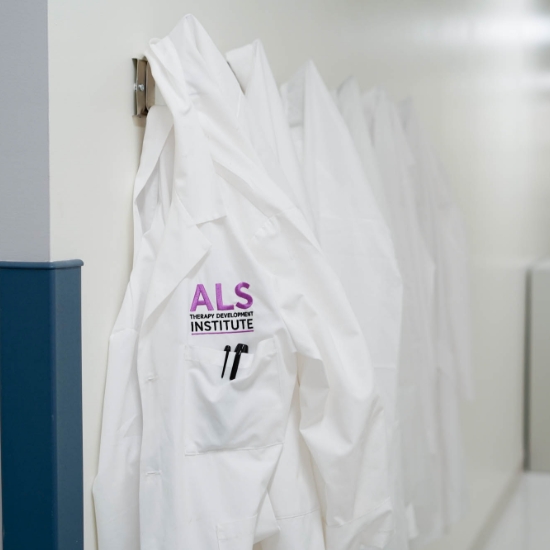
The cause of the 90% of amyotrophic lateral sclerosis (ALS) cases that occur sporadically remains a mystery. However, one risk factor that is supported by a large body of evidence is service in the military. In recent decades, several studies have shown that veterans have a significantly higher chance of being diagnosed with ALS than the general population. Studies have found that veterans have a roughly 50 percent higher risk of dying from ALS than the general population.
Establishing the Military Service – ALS Connection
The connection between military service and ALS was first established nearly 20 years ago. It came about from an investigation into several unexplained illnesses and symptoms experienced by soldiers who served in the Gulf War. Researchers studying this phenomenon discovered a large increase in the rate of ALS among these Gulf War veterans. Initially, these studies led the Department of Veterans Affairs (VA) to extend to Gulf War veterans the full benefits for a disability related to their service.
Around the time of the release of these studies, Carol Hamilton, now the ALS Therapy Development Institute’s (ALS TDI) Vice President of Development, had just joined the organization. She quickly undertook the mission to help convince the Department of Defense (DoD) that, because of this connection, they should be financially supporting ALS research. Carol, along with Jamie Heywood, one of ALS TDI’s founders and at the time its CEO, traveled to Washington, D.C. to bring their message to Congress.
“We would go from office to office to make sure they understood that veterans were coming home to a fatal disease,” she says. “Here was the Department of Defense working to protect people while they were overseas or on active duty by spending, appropriately, billions and trillions of dollars. But when our servicemembers came home, they were facing ALS, which was going to take their lives, and we needed the help of the Department of Defense to help us build that armor to defend these people from ALS.”
Throughout this effort, Carol and Jamie met an important friend and ally who would help them achieve their goals in D.C. – retired Air Force four-star Brigadier General Thomas Mikolajcik.
“General Mikolajcik found it ridiculous that ALS was so low on the funding totem pole at the Department of Defense,” says Carol, “while diseases like breast cancer and some pediatric illnesses that had no studied correlation to military service were receiving funding. He wanted ALS to get bumped up higher on that funding totem pole. His famous line was to every congressperson was ‘I've seen B.S. throughout my life in the military, and I will tell you, this program at ALS TDI is no B.S.’”
Advocating for All Soldiers with ALS
Their initial efforts were successful – leading to a multimillion grant from the DoD’s Congressionally Directed Medical Research Program for ALS TDI. However, in 2005, their mission took on a new dimension as newly published research revealed that this higher rate of ALS was not limited to the Gulf War.
Studying data reaching back to World War I, researchers found that all veterans had an increased chance of being diagnosed with the disease. Many of these cases were also diagnosed at a younger average age than the general population. These rates appeared to hold true even for veterans who were never deployed during wartime.
“General Mikolajcik worked with Senator Lindsey Graham and Congressman Henry Brown to engage with the VA Secretary, James Peake,” says Carol, “and made sure that he understood that his veterans were running this risk, no matter which war they had served in. Tom would never take no for an answer. Eventually, we got an extraordinary phone call letting us know that Secretary Peake had heard us and that all veterans with ALS were now going to be eligible for full service-connected disability benefits. So, this was life-altering for thousands of people.”
An Ongoing Legacy to Support Research
At this point, Carol, Jamie, and General Mikolajcik’s work on Capitol Hill had already contributed to enormous benefit for research at ALS TDI and for veterans across the country. However, their efforts would lead to one more important development for the ALS community. During negotiations for further funding from the CDMRP to support ALS TDI’s drug discovery, officials at the program decided to establish a competitive annual grant to fund additional research across the industry. Now known as the ALS Research Program (ALSRP), it has since distributed over $100 million in grants to researchers and organizations working to end ALS.
Today, ALS TDI remains committed to learning more about the relationship between ALS and Military service and finding effective treatments to end the disease. The organization has maintained its close relationship with the DoD, receiving several grants from the ALSRP to fund its research. We also encourage veterans with ALS to enroll in our ALS Research Collaborative (ARC) natural history study, providing data that could help shed light on this connection.
“It’s really important to me that we honor the people who have served us by fighting every single, solitary day to find therapies that can help them and everybody else,” says Carol. “So, we specifically honor the veterans whose elevated incidence rate has helped to fund this drug discovery engine and support the work we do for them and for everybody with ALS.”
What to do next: